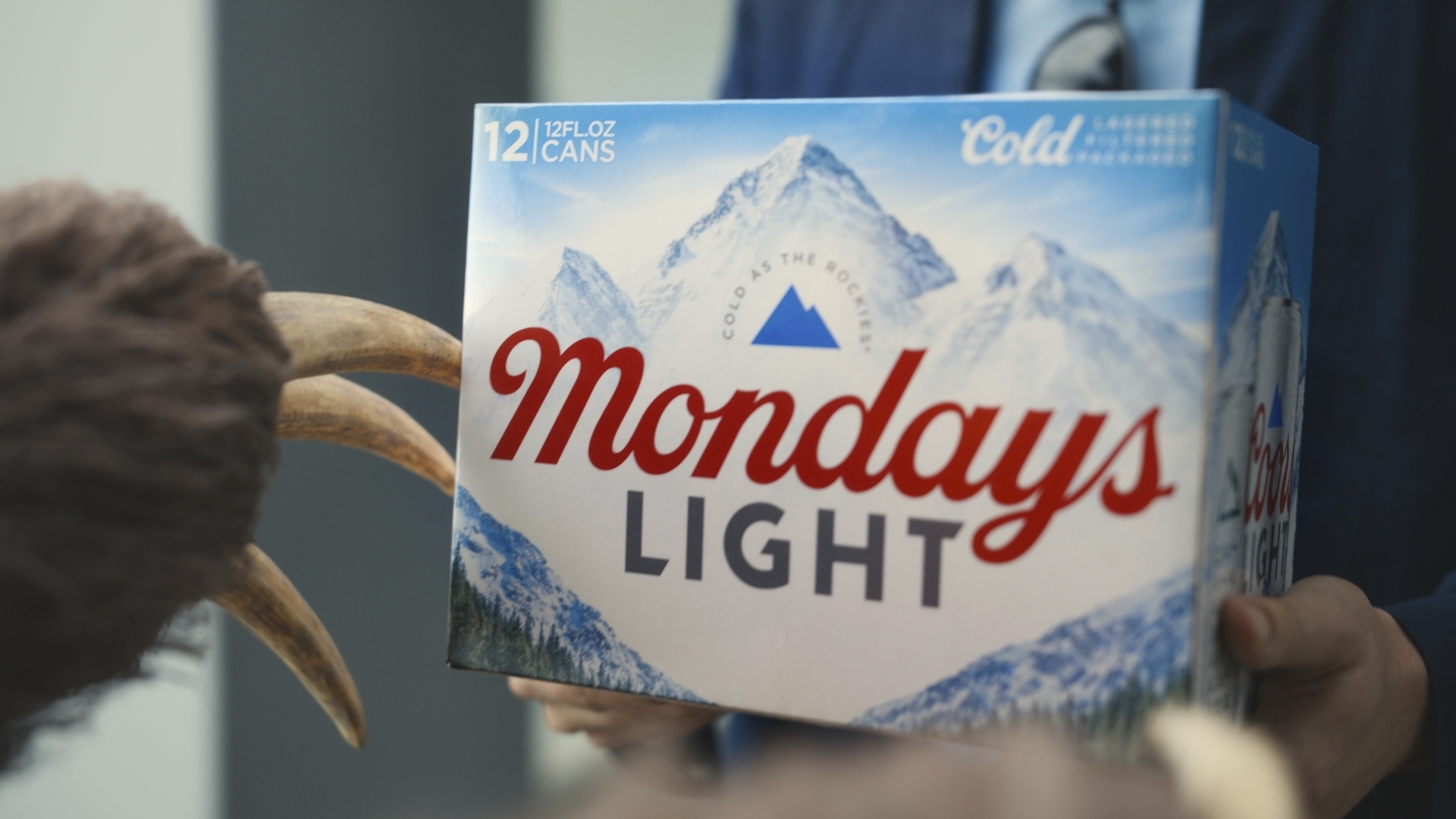World
Super Bowl Commercials Expected to Shy Away From Politics

Super Bowl Sunday: A Shift from Politics to Entertainment in Advertising
Today is Super Bowl Sunday, and as millions tune in to watch the Philadelphia Eagles face off against the Kansas City Chiefs, the real show for many viewers isn’t just the game itself—it’s the commercials. Each year, the Super Bowl becomes a battlefield for advertisers, with companies shelling out millions of dollars for just 30 seconds of airtime. This year, however, there’s a noticeable shift in strategy. Instead of tackling controversial or politically charged topics, brands are opting for safer, more lighthearted approaches. From humor and nostalgia to star-studded cameos, the 2024 Super Bowl ads are all about entertainment, reflecting a broader trend of companies prioritizing fun over social commentary.
Why It Matters: The Super Bowl as a Cultural Phenomenon
The Super Bowl has long been more than just a football game; it’s a cultural event that captivates millions. According to a survey by VegasSlotsOnline, nearly one-third of viewers tune in primarily for the commercials, while over two in five care more about the halftime show, ads, and social experience than the game itself. This year, with ad slots costing up to $8 million for 30 seconds of airtime, the stakes are higher than ever. Brands are under pressure to create content that not only grabs attention but also resonates with a wide audience. As one spokesperson for VegasSlotsOnline put it, the Super Bowl has evolved into a “full-scale entertainment event,” offering brands countless opportunities to engage viewers beyond the game.
What to Expect: Laughter, Nostalgia, and Celebrity Cameos
This year’s ads are expected to double down on humor and nostalgia, according to Tim Calkins, a marketing professor at Northwestern University. Calkins notes that most of the commercials were developed during last fall’s U.S. presidential election race, when brands were keen to avoid divisive themes. The result? A lineup of ads that are lighthearted, memorable, and decidedly apolitical. From Eugene Levy’s exaggerated eyebrows in a Little Caesars ad to British singer Seal transforming into an actual seal for Mountain Dew, brands are banking on comedy to make a lasting impression. Other highlights include WeatherTech’s joyride featuring four elderly women and Coors Light’s sloths struggling through a case of the Mondays. Even Nestlé Coffee Mate is getting in on the fun with a dancing tongue celebrating cold foam.
Nostalgia is also playing a major role in this year’s ads. Budweiser’s iconic Clydesdales are making a sentimental return, this time with a foal eager to join the delivery team. Meg Ryan and Billy Crystal are reuniting to reenact their classic When Harry Met Sally scene—except this time, it’s a love story about Hellmann’s mayonnaise. Other brands, like Disney, Booking.com, and Instacart, are leaning on familiar faces, featuring everything from Muppets to pop culture mascots like Mr. Clean and the Pillsbury Doughboy. According to Kimberly Whitler, a marketing professor at the University of Virginia, nostalgia-driven ads are a surefire way to connect with audiences across multiple generations.
Star Power: The Celebrity Factor in Advertising
Celebrities are another key ingredient in this year’s Super Bowl ads. Michelob Ultra has enlisted Catherine O’Hara and Willem Dafoe for a pickleball showdown, while David Beckham and Matt Damon are hilariously playing long-lost twins bonding over Stella Artois. Chef Gordon Ramsay and Pete Davidson are teaming up for HexClad, and an all-star cast—including Matthew McConaughey, Martha Stewart, and Greta Gerwig—is featured in an Uber Eats spot. While star power can undoubtedly make ads more engaging, experts warn that relying too heavily on celebrities can backfire. “There is a balancing act in terms of having celebrities in the ads,” says Linli Xu, a professor at the University of Minnesota. “Too much star power can distract from the brand’s message.”
Serious Moments in a Sea of Laughs
Not all advertisers are aiming for humor, however. Some brands are using the Super Bowl platform to address more serious issues. Pharmaceutical company Novartis is highlighting the importance of early breast cancer detection, while Dove is taking a sobering look at how body shaming pushes young girls out of sports. Hims & Hers is addressing the country’s obesity epidemic, and the Foundation to Combat Antisemitism is delivering a stark message with an unexpected duo—Snoop Dogg and Tom Brady discussing what they hate about each other. While Xu expected more brands to embrace unity-focused themes, she notes that most are sticking to comedy in the wake of a contentious election year.
What People Are Saying: The Future of Super Bowl Advertising
As the Super Bowl kicks off in New Orleans at 6:30 p.m., all eyes will be on the ads as much as the game itself. Mark Evans, executive vice president of sales at Fox Sports, sums it up: “The Super Bowl is the only place where you can aggregate legitimate scale with one commercial. It’s not like any other thing.” For now, it seems brands are prioritizing entertainment over activism, a strategy that may prove safer but could also pave the way for future shifts in advertising trends. As the dust settles on this year’s game and commercials, one thing is certain—the Super Bowl remains a cultural touchstone, where brands and audiences alike come together to enjoy the show.











